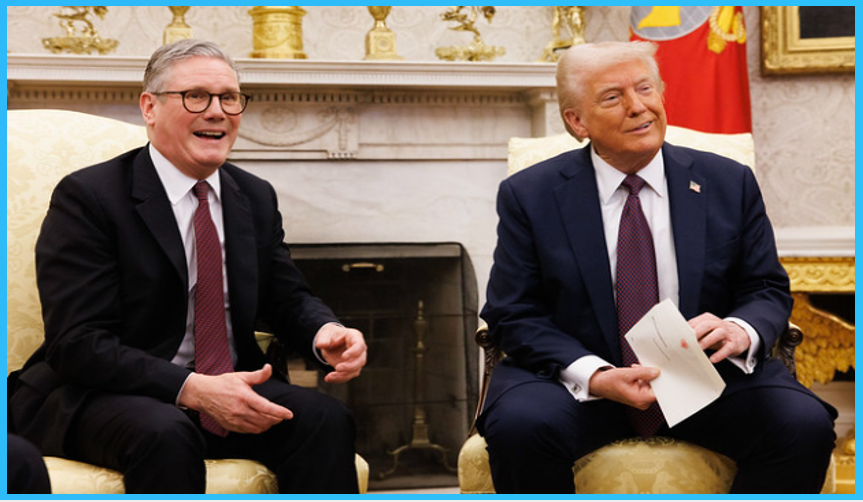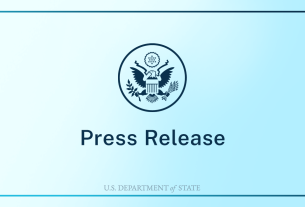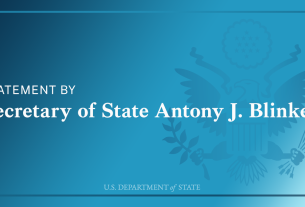The United Kingdom and the United States have officially signed a groundbreaking trade agreement, marking a significant step in their bilateral economic relationship. The deal entails substantial reductions in tariffs across vital sectors, a development that follows the UK’s recent finalization of a free trade agreement with India. This flurry of trade activity underscores the UK’s proactive stance in forging new global commercial ties.
Under the newly established terms, the United States will implement a uniform 10% tariff on goods originating from the UK, a considerable decrease from the pre-existing 3.4% rate. Simultaneously, the US will eliminate various other taxes levied on a wide spectrum of British products. Conversely, the UK has agreed to lower its tariffs on imports from the US from 5.1% to 1.8%.
Key outcomes of this landmark agreement include:
- Automotive Industry: Tariffs on UK car exports to the US have been significantly reduced from 27.5% to 10%, applicable to a quota of 100,000 vehicles annually, aligning with the UK’s previous year’s export figures.
- Steel Sector: Tariffs on UK steel exports to the US have been entirely eliminated, a move the British government views as critical for the survival of its steelmaking industry.
- Ethanol: Tariffs on ethanol have been reduced to zero.
- Agricultural Exports: UK farmers have secured a quota of 13,000 metric tonnes for exports to the US, with explicit assurances that UK food standards will not be compromised.
- Aviation: The agreement allows the UK to export aircraft components to the US without incurring tariffs. Additionally, the UK has committed to purchasing US$10 billion worth of Boeing aircraft.
- Pharmaceuticals: The deal includes provisions for future discussions specifically focused on pharmaceutical products.
Following the signing, UK Prime Minister Keir Starmer stated that this “historic deal delivers for British business and British workers protecting thousands of British jobs in key sectors including car manufacturing and steel.” He further emphasized the government’s commitment to “work constructively with allies for mutual benefit rather than turning our back on the world.”
Analysis from ING suggests that this agreement allows the UK to secure lower tariffs from the US without jeopardizing its upcoming trade negotiations with the European Union. Furthermore, ING analysts interpret the deal as a signal that the US administration is prepared to demonstrate flexibility in tariff negotiations with other nations. They also noted that the UK appears to have made limited concessions, retaining its Digital Services Tax and its existing food standards.
However, ING also highlighted that the UK was unable to negotiate the removal of the US’s baseline 10% tariff, suggesting this could remain a consistent trade barrier under the current US administration, a sentiment seemingly reinforced by President Trump’s description of 10% as a “low number.”
This agreement between two historically close allies prompts questions about its potential implications for future trade negotiations between the US and other trading partners with less established relationships. While celebrated by both sides, the broader impact on the global trade landscape remains a subject of ongoing analysis.
Prime Minister Keir Starmer meets US President Donald Trump Picture on Flickr by Number 10 Media Team



